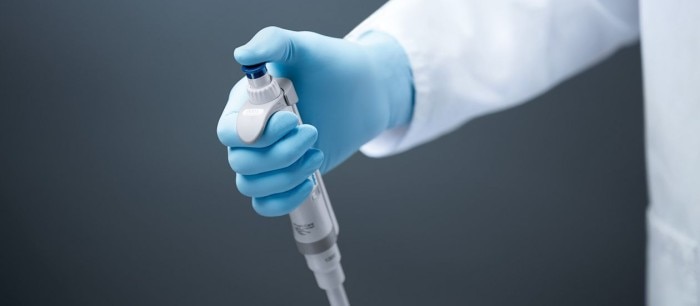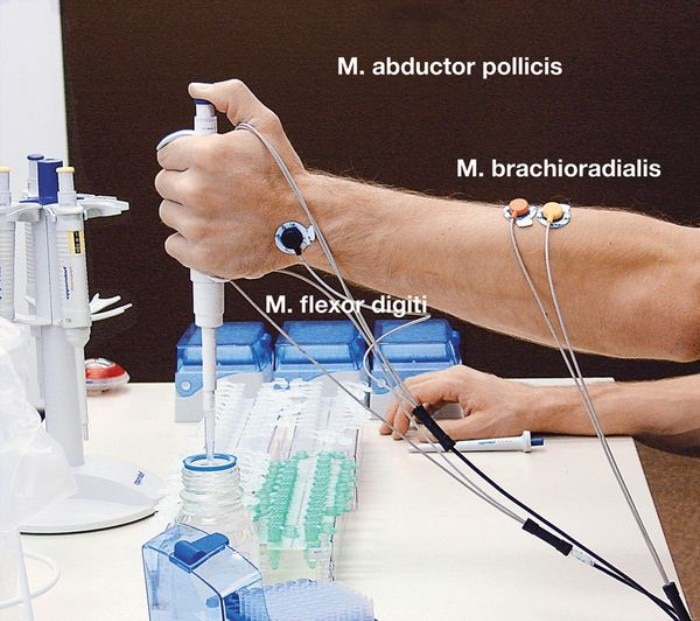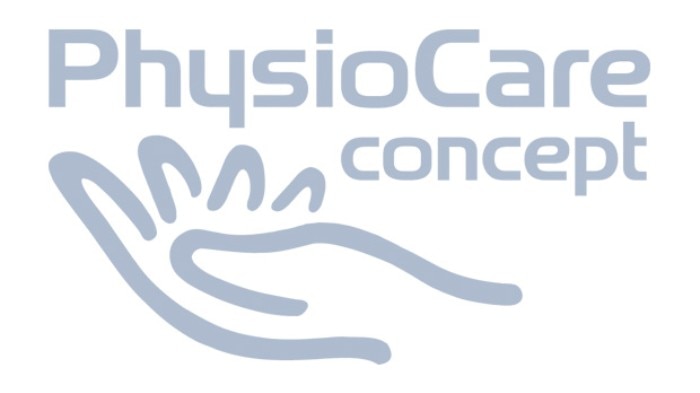メニュー
JP | JPY
-
-
-
- Challenges and Chances: A Review of the 1st Stem Cell Community Day
- Summertime, and the Livin’ Is Easy…
- Follow-on-Biologics – More than Simple Generics
- Bacteria Versus Body Cells: A 1:1 Tie
- Behind the Crime Scene: How Biological Traces Can Help to Convict Offenders
- Every 3 Seconds Someone in the World Is Affected by Alzheimer's
- HIV – It’s Still Not Under Control…
- How Many Will Be Convicted This Time?
- Malaria – the Battle is Not Lost
- Physicians on Standby: The Annual Flu Season Can Be Serious
- At the Forefront in Fighting Cancer
- Molecular Motors: Think Small and yet Smaller Again…
- Liquid Biopsy: Novel Methods May Ease Cancer Detection and Therapy
- They Are Invisible, Sneaky and Disgusting – But Today It’s Their Special Day!
- How Many Cells Are in Your Body? Probably More Than You Think!
- What You Need to Know about Antibiotic Resistance – Findings, Facts and Good Intentions
- Why Do Old Men Have Big Ears?
- The Condemned Live Longer: A Potential Paradigm Shift in Genetics
- From Research to Commerce
- Chronobiology – How the Cold Seasons Influence Our Biorhythms
- Taskforce Microbots: Targeted Treatment from Inside the Body
- Eyes on Cancer Therapy
-
-
-
-
-
- Challenges and Chances: A Review of the 1st Stem Cell Community Day
- Summertime, and the Livin’ Is Easy…
- Follow-on-Biologics – More than Simple Generics
- Bacteria Versus Body Cells: A 1:1 Tie
- Behind the Crime Scene: How Biological Traces Can Help to Convict Offenders
- Every 3 Seconds Someone in the World Is Affected by Alzheimer's
- HIV – It’s Still Not Under Control…
- How Many Will Be Convicted This Time?
- Malaria – the Battle is Not Lost
- Physicians on Standby: The Annual Flu Season Can Be Serious
- At the Forefront in Fighting Cancer
- Molecular Motors: Think Small and yet Smaller Again…
- Liquid Biopsy: Novel Methods May Ease Cancer Detection and Therapy
- They Are Invisible, Sneaky and Disgusting – But Today It’s Their Special Day!
- How Many Cells Are in Your Body? Probably More Than You Think!
- What You Need to Know about Antibiotic Resistance – Findings, Facts and Good Intentions
- Why Do Old Men Have Big Ears?
- The Condemned Live Longer: A Potential Paradigm Shift in Genetics
- From Research to Commerce
- Chronobiology – How the Cold Seasons Influence Our Biorhythms
- Taskforce Microbots: Targeted Treatment from Inside the Body
- Eyes on Cancer Therapy
-
-
JP | JPY
Sorry, we couldn't find anything on our website containing your search term.

Even the Smallest Things Have an Impact on Ergonomics
生命科学の探究
Have you ever wondered why the control button of your manual pipette is as long as it is? Good control button ergonomics provides for a design which is as short as possible so that the thumb does not have a long working distance, yet as long as necessary so that good liquid level control is ensured. The working distance of the thumb is influenced by the length of the control button, the position of the hand rest on the handle and the handle thickness. You guessed it: the ergonomics of a pipette is surprisingly complex!
Let's look at the topic of the control button for a moment longer. The thumb is the main operator when pipetting. It makes sense, therefore, to look more closely at it in terms of ergonomics. Our thumb feels most comfortable when it:
It is, therefore, clear that many factors interact in the case of a handheld device such as the pipette. If just one factor is not ergonomic, it may mean that the ergonomics of the other factors is no longer effective. Operation may then be regarded as unpleasant. Thus, for example, low operating forces may be felt as unpleasant if the contact surface of the thumb is too small because the pressure is not spread over a large area.
- does not have to work at sharp angles
- does not have to stretch too much
- is not subjected to high operating forces
- meets an operating control with a wide contact surface.
It is, therefore, clear that many factors interact in the case of a handheld device such as the pipette. If just one factor is not ergonomic, it may mean that the ergonomics of the other factors is no longer effective. Operation may then be regarded as unpleasant. Thus, for example, low operating forces may be felt as unpleasant if the contact surface of the thumb is too small because the pressure is not spread over a large area.
もっと読む
表示を減らす

The situation regarding the other operating controls of a pipette is just as complex, e.g., the volume setting. A smooth volume setting seems sensible at first. However, the lack of haptic feedback indicating the volume has been set (or even becomes misadjusted during dispensing), makes a smooth volume setting questionable. Generally speaking, the volume setting is often underestimated. Yet it is one of the most used operating controls of the pipette! The volume display should be positioned so that it is always visible. If it is placed on the wrong side, it is hidden by the hand. In order to view the volume display, the hand then has to be inclined at a sharp angle. Sharp angles in particular cause a high level of strain and are an indicator of poor ergonomics. Readability is also a key component in the ergonomics of the volume setting: the volume display should be intuitively readable, for both left-handed and right-handed users. There are still pipettes on the market which exclude left-handers because they have to read the volume upside down.
There are also factors beyond direct human-pipette interaction that play an important role. Contributing to cognitive ergonomics, the color coding of pipette and tip prevents incorrect operation. In terms of workflow ergonomics, the accessibility of information about the product is an important aspect. Accordingly, the operating manual should be easy to understand and available in as many languages as possible. Does the manufacturer provide information on decontamination or chemical resistance or do you need to spend a long time searching for it and thus interrupt your workflow?
Pipettes are the main tools in the laboratory. They should not only be characterized by a low weight or the ease of operation of individual elements, but they should excel in the totality of their ergonomic features. Read UserGuide 46 to find out more about how an ergonomic pipette should be constructed.
There are also factors beyond direct human-pipette interaction that play an important role. Contributing to cognitive ergonomics, the color coding of pipette and tip prevents incorrect operation. In terms of workflow ergonomics, the accessibility of information about the product is an important aspect. Accordingly, the operating manual should be easy to understand and available in as many languages as possible. Does the manufacturer provide information on decontamination or chemical resistance or do you need to spend a long time searching for it and thus interrupt your workflow?
Pipettes are the main tools in the laboratory. They should not only be characterized by a low weight or the ease of operation of individual elements, but they should excel in the totality of their ergonomic features. Read UserGuide 46 to find out more about how an ergonomic pipette should be constructed.
もっと読む
表示を減らす
Related links
- Webinar: Serving ergonomics – 3 steps to healthy working
- Ergonomic aspects of lab products
- Learn more about ergonomics
もっと読む
表示を減らす


